Compilation of the original text: The Way of the Metaverse
Compilation of the original text: The Way of the Metaverse
After spending two years developing Zora, I've come to realize how different our approach is. This difference comes from a whole new mental model of what is possible (and has happened) with cryptographic protocols.
The nature of cryptographic protocols opens up entirely new models for creating valuable public infrastructure. This view is so stark that I think it needs a new language.
In this post, I outline the concept of hyperstructures: what they are, how they work, and why they will be the foundation of the Internet for decades to come.
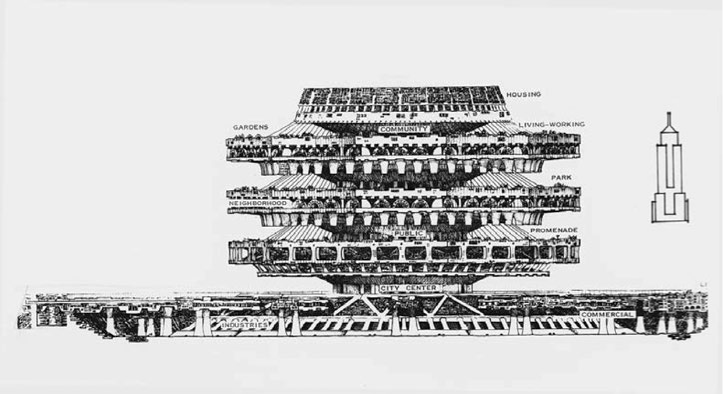
definition
definition
Superstructures: Cryptographic protocols that can run for free and forever, they require no maintenance, no interruption, and no intermediaries.
Blockchain has led to the emergence of a new type of infrastructure called a "superstructure."
The superstructure takes the form of a protocol that runs on the blockchain. Something can be considered a superstructure if it has these characteristics:
Unstoppable: the protocol cannot be blocked by anyone, as long as the underlying blockchain exists, it will run;
Free: charges 0% within the scope of the agreement, and runs entirely at gas cost;
Valuable: generate value that is accessible and exitable by the owner;
Scalability: there are built-in incentives for participants in the protocol;
Permissionless: universally accessible and censorship-resistant, builders and users cannot be deplatformed (i.e. blocked from access);
Positive sum: it creates a win-win environment for participants to utilize the same infrastructure;
Credible neutrality: the protocol has nothing to do with users;
It's worth noting that just because an application is protocol-based doesn't immediately mean it's a superstructure. For example, the Wyvern protocol used by Opensea (among others) cannot function without maintaining off-chain order books in a private database. This means that if Opensea, or any other platform built on top of it, goes down, the marketplace will also be inaccessible. The same goes for a platform like Coinbase, which facilitates the exchange of crypto assets, but if it goes down, its trading markets are inaccessible. A more subtle example: if you see a fully on-chain protocol where admins can completely upgrade and change the protocol's rules, then that's not superstructure, it's platform as well. That's not to say that any of these examples are inherently bad, they just don't belong in the superstructure.
secondary title
1. Unstoppable

Traditional infrastructure, such as power grids and social media platforms, require trusted intermediaries to maintain and operate them. Without a trusted intermediary, the infrastructure will degrade or stop operating entirely. These operators are privately owned or state-controlled organizations that need profits, labor or subsidies to function in the long run.
Due to the nature of running on blockchains, superstructures can run forever without being able to stop them. They can run continuously without a maintainer or operator, and for as long as the underlying blockchain is running — at least for a decade. Superstructures are unstoppable, you can have a one-time creation cost, then once deployed it will behave exactly as designed and will not degrade. Maintaining the superstructure requires no additional labor or capital. If the core team or platform built on top of the hyperstructure disappears, it will still function exactly as designed and fully function for decades. Unstoppability is a whole new capability made possible by blockchain, and one that I believe will change the economic nature of infrastructure.
secondary title
Two, free
Now that we've established "unstoppability" as a brand new feature, I'm going to make my most speculative and controversial claim: Superstructures are simultaneously free to use forever and extremely valuable. This is possible because they are unstoppable. There is no fee to maintain and keep the protocol running forever. Once deployed, it will work exactly as designed without degradation. For example, if the Uniswap team and website disappeared today, the protocol would still run forever. This is something that was not possible before.
secondary title
Three, valuable
While the superstructure is free to use, it is also extremely valuable to own and govern. This is a familiar value model we have observed for NFTs: media that is universally free to consume, yet valuable to own and control by an individual or group.
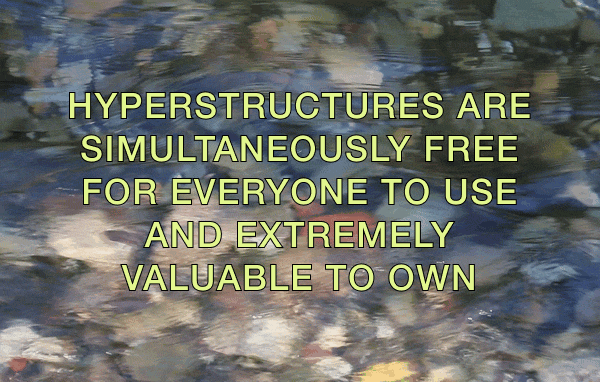
But what does ownership mean in this context? There is a fee switch that can be turned on in the agreement. This creates a dynamic known as "fee threat." This means that the owner of the superstructure has the right to enable this fee at the base level of the protocol by voting at any time. This is the threat of fees, because opening it destroys value in the long run. Opening fees is a value destroyer because it immediately leads to an incentivized fork, since there is now a clear reason for new entrants to do so themselves.
This right to destroy is a kind of ownership, just like the owner of NFT has the right to destroy. A rational actor wouldn't do this, but they could if they wanted to. In my view, this right of destruction creates a natural market force to confer real value, because people will want to protect that value and generally provided utility.
In addition to the right to start and collect protocol fees, other ownership rights can include the right to deploy new versions and governance of the DAO treasury for ecosystem funding and development.
secondary title
4. High costs
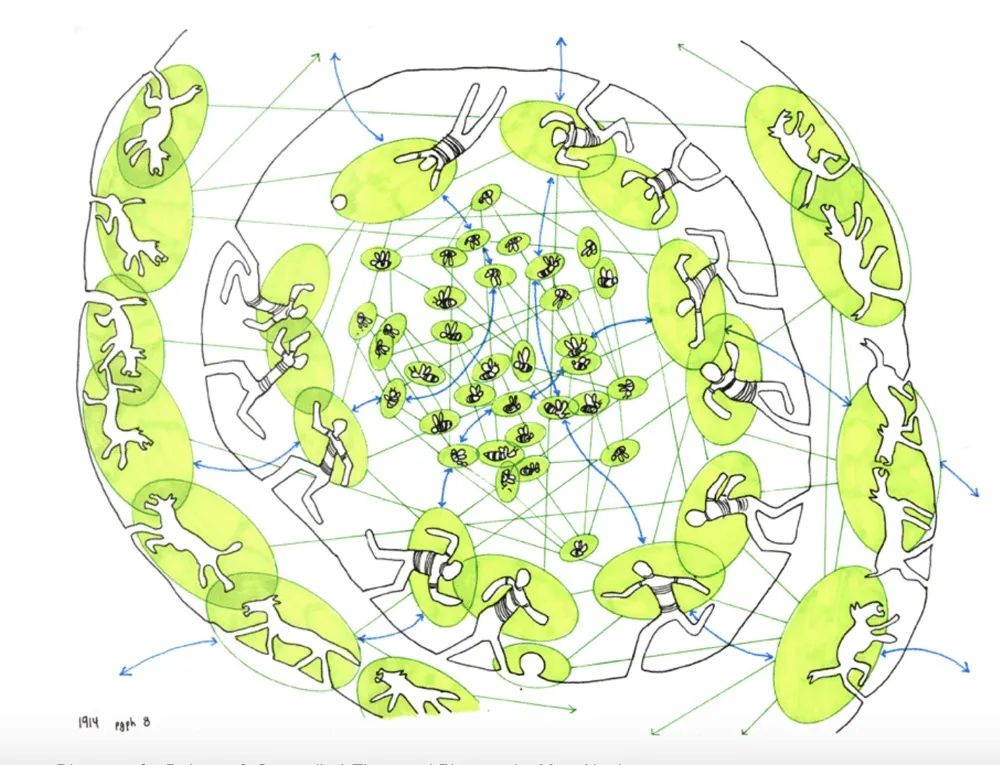
Hyperstructure has high fees built into the incentives that anyone can leverage to add value coded on top of the protocol. These fees are transparent and available to the entire ecosystem. In order to effectively earn these fees on top of the superstructure, you need to provide the desired value as defined by the protocol. The existence of these incentives provides a mechanism for the superstructure's community expansion, and good mechanism design may be critical to longevity.
Uniswap LP fees are a good example. LP fees incentivize participants to provide key resource liquidity. These fees are paid to whoever provides liquidity to the pool, but not to Uniswap. LPs extend the utility of Uniswap, they have no monopoly on providing that utility, LPs only capture the value they create.
Another example is Zora Finder's fees, which incentivize participants to contribute key resource allocations. This fee will be paid to whoever finds the winning bidder or eventual buyer of the NFT. Finder extends Zora's utility, and they don't monopolize the NFT market being shown, Finder only captures the value they are creating.
secondary title
5. No permission required

Permissionless is a guarantee unique to cryptographic protocols deployed on blockchains. No permission required means superstructure:
1. Universally accessible, everyone can use it completely without prejudice;
2. Unable to change its core operating functions;
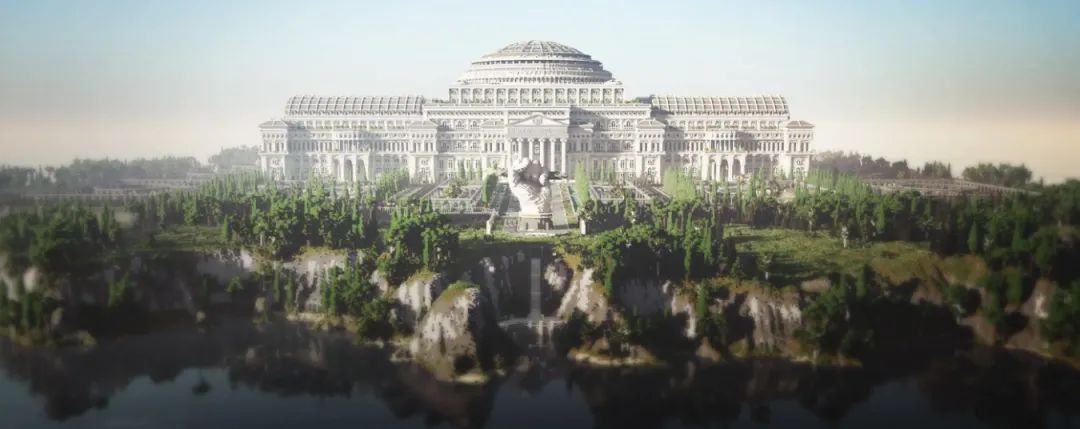
Permission-free means everyone can confidently build their own platforms, applications and economic models on the Hyperstructure without the risk of de-platforming. No API keys are required, and you don't have to worry about a platform suddenly taking your entire project down on a whim.
secondary title
6. Credible and neutral

Because it is permissionless and unstoppable, the superstructure is trust-neutral.
secondary title
7. Zhenghe
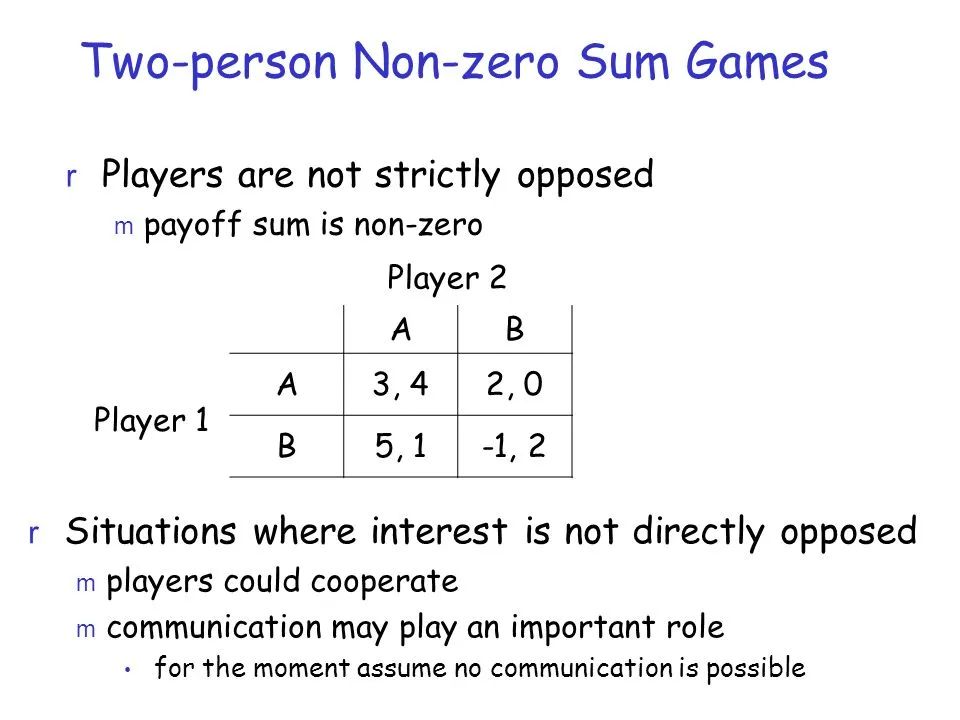
As a result of being free, expansive, unstoppable, permissionless, and credibly neutral, Hyperstructure creates a positive positive-sum environment.
By being free forever, there is no incentive to replicate the same functionality one-to-one - because doing so results in no additional value capture or risk minimization. At the social level, a superstructure only needs to be built once. That doesn't mean there isn't an incentive to innovate, there is still an incentive to create an alternative with superior and differentiated features. But simply forking with the same tools won't do the trick.
Through the expansion of fees, the superstructure allows participants to directly profit from the value they create for the system without competing with the system itself.
Since it is unstoppable, there is no operational risk for participants who rely on the system to function. They can run on a system without having to rebuild and run it yourself.
Since no license is required, all conditions above will remain the same. This again removes the need for anyone to rebuild the system themselves, just build on top of the system and capture the unique value you provide to the system.
With trusted neutrality, no groups or communities are excluded, which again means that if the system meets your needs, there is no reason to rebuild it.
first level title
build a superstructure
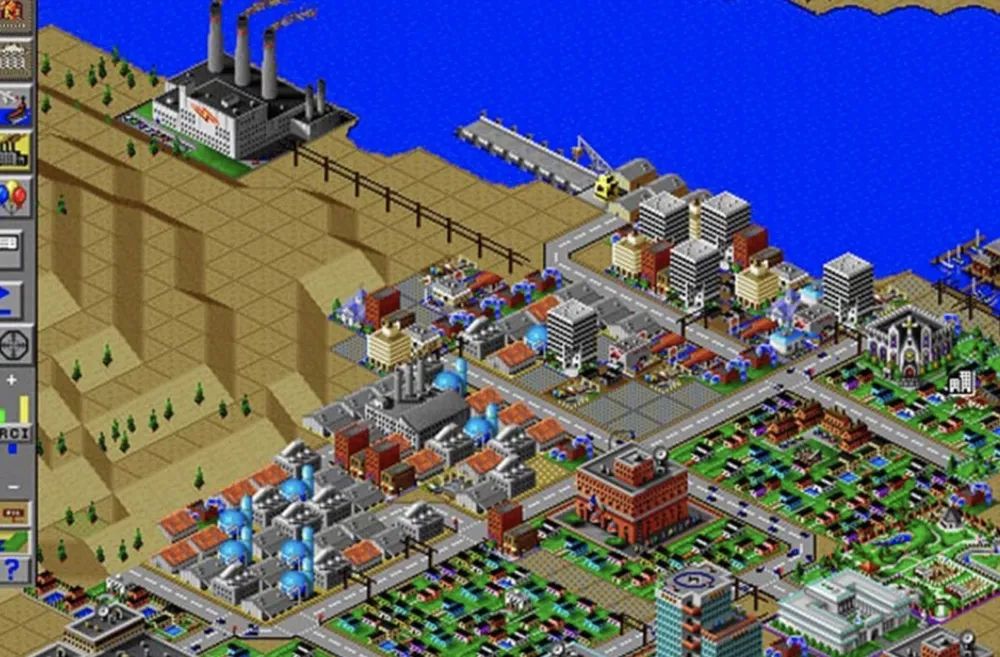
I'll write more details on building the superstructure over time - we're still learning this at Zora - but here are some quick thoughts worth mentioning:
Superstructure is about powering millions of interfaces, not just one: when creating a mechanism or anything at the protocol level, make sure it's as generic as possible.
Treat fees as a way to expand the ecosystem rather than extract value from it: While value may be captured in the short term, this may be a local optimization that misses out on the broader benefits of a diverse platform ecosystem on top of the protocol Chance.
Adopt a protocol-first approach to building: focus on developer adoption, create as many integrations as possible — an important network effect, and cement superstructure as the default.
Build Liquidity: On-chain liquidity benefits other entrants joining the ecosystem and benefits everyone else. This is a key network effect that also reduces the ability/incentive to fork.
Ownership where possible, governance only where necessary: Create ownership and governance where absolutely necessary. If there is too much of either, you may find that the incentives of the superstructure are distorted, or you may be at risk of being attacked.
first level title
social infrastructure
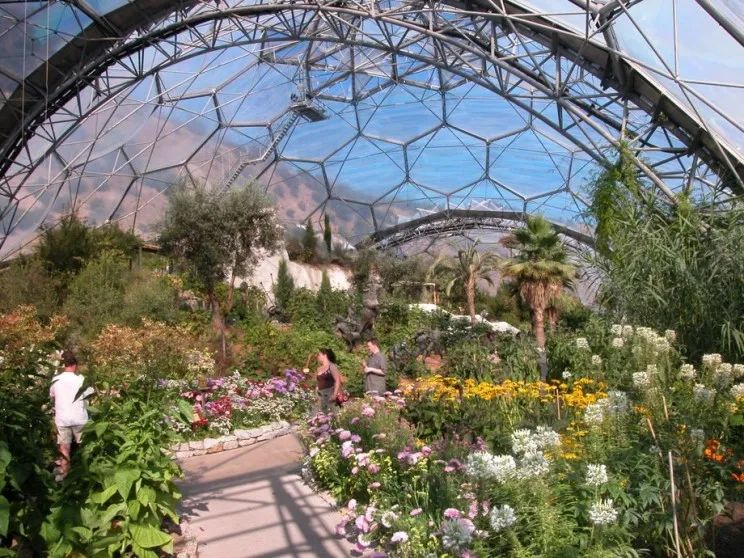
Eden Project: World's largest greenhouse with over a million plants
Given their (superstructures) immutable and permanent nature, we have the opportunity to create civilizational infrastructures that can outlast our own lives - all native to the Internet.
We've never had the tools to create software-based infrastructures that can be passed on from generation to generation as designed without degrading or falling into the tragedy of the commons to sustain themselves. We are at a generational moment in which we have had the honor of building the first superstructure.
image description

The Facebook social graph in 2010
The scale, importance and ambition of these infrastructures will eventually be astounding in the way of museums, power grids, canals, dams and ancient roads. The superstructure will be on a scale we have never seen before, perhaps even larger than today's social media. They will also be judged on their usability and usefulness to the public over an extended period of time.
A long-term perspective is crucial when designing superstructures, and is often lacking in the short-term-focused world of Web3.
image description

Future Children, by Holly Herndon and Mat Dryhurst
It is now possible to create hyperstructures that run for free forever, so we should use this logic as our starting point, not something we should avoid or ignore. New paradigms bring new value systems, and superstructures give us the opportunity to create public goods that are free forever, while rewarding builders and participants to create and contribute to these valuable systems that serve society as a whole for many years—it sounds like Something worth building and discovering.
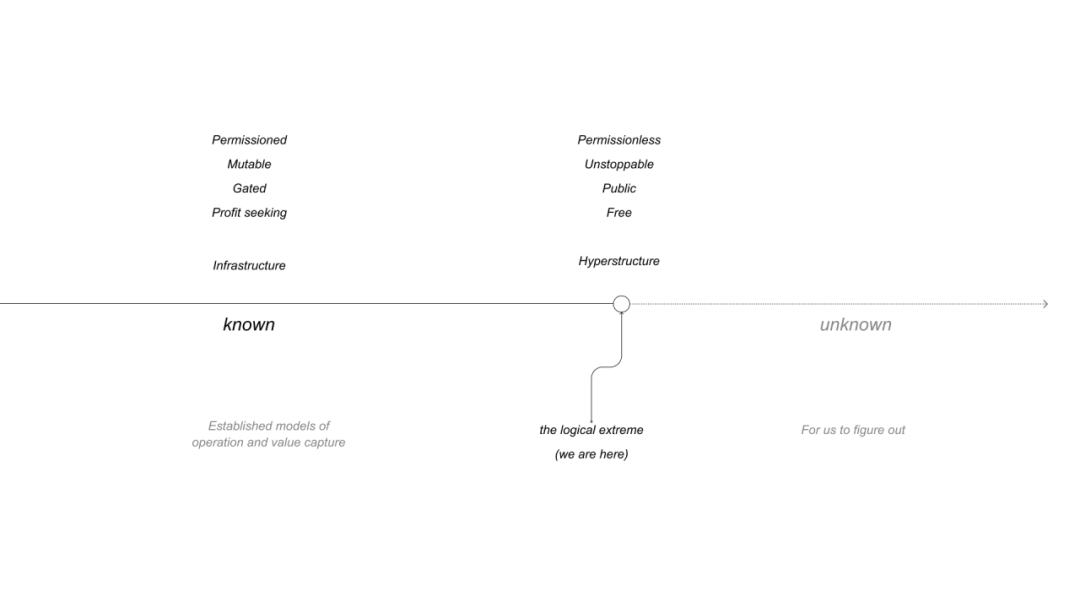
We are entering uncharted territory, let's embrace it and discover what is possible.



